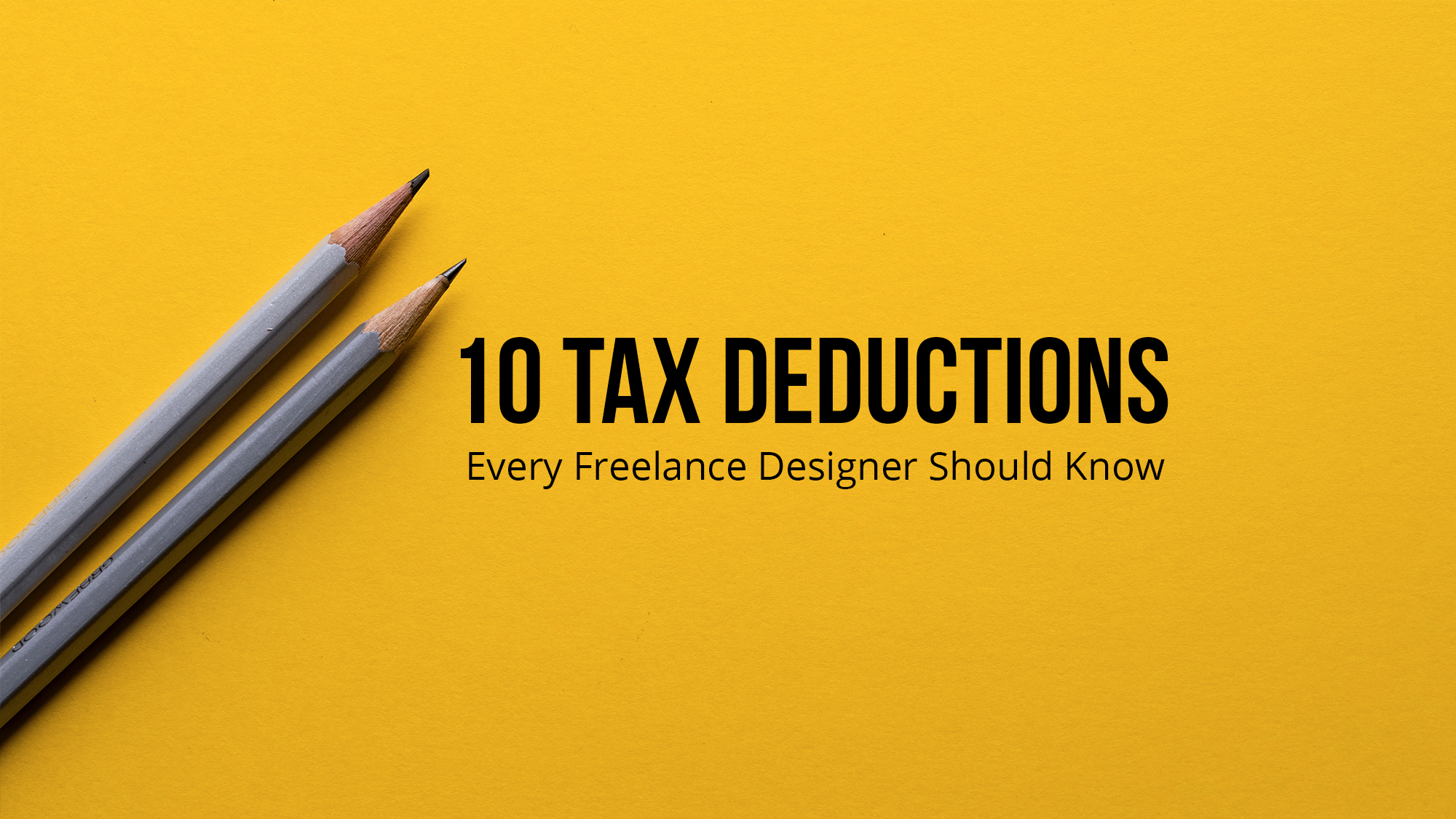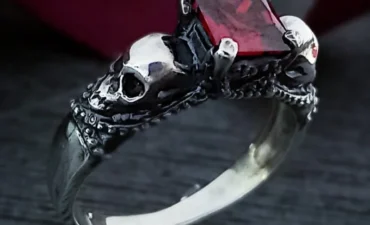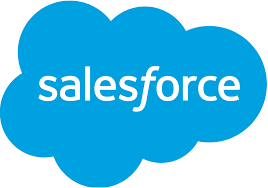As a freelance designer, you have the freedom to work on exciting projects and showcase your creativity. Along with the joys of being your own boss, you also have the responsibility of managing your finances and staying on top of your tax obligations of these freelance tax deductions, you can effectively manage your business expenses and optimize your financial situation. Fortunately, the tax code provides numerous opportunities for freelance designers to save money through tax write-offs. By understanding and leveraging these deductions, you can maximize your tax savings and keep more of your hard-earned income.
Home Office Deduction:
If you work from a dedicated space in your home, you may be eligible for a home office deduction. This deduction allows you to deduct a portion of your rent or mortgage, utilities, and other related expenses. To qualify, the space must be used exclusively for your business, whether it’s a separate room or a designated area. Keep track of your expenses and consult a tax professional to ensure you meet the requirements and calculate the deduction accurately.
Equipment And Software:
As a freelance designer, you likely rely heavily on specialized equipment and software to carry out your work. The good news is that you can deduct the cost of these tools as business expenses. Whether it’s your computer, graphic design software, drawing tablets, printers, or cameras, keep detailed records of your purchases and any associated maintenance or repair costs. Remember to include both the initial purchase price and ongoing expenses like software subscriptions.
Office Supplies And Materials:
From paper and ink cartridges to sketchbooks and art supplies, the costs of office supplies and materials can quickly add up. Fortunately, these expenses are deductible as well. Keep track of all your purchases throughout the year and retain receipts as evidence for tax purposes. Even smaller expenses can add up over time, so don’t overlook these deductions.
Professional Development:
To stay competitive in the constantly evolving design industry, continuous learning and professional development are crucial. Luckily, expenses related to workshops, conferences, online courses, design books, and subscriptions to design-related publications can be deducted. By investing in your education and staying up-to-date with the latest trends and techniques, you not only improve your skills but also reduce your tax liability.
Marketing And Advertising:
As a freelance designer, it’s important to promote your services to attract clients. The costs associated with marketing and advertising, such as website development and maintenance, graphic design for promotional materials, online ads, and even business cards, are tax-deductible. Keep track of your marketing expenses to ensure you can claim these deductions and maximize their impact on your tax savings.
Professional Services and Memberships:
If you hire an accountant, lawyer, or any other professional to assist with your business, their fees are deductible. Additionally, membership dues for professional organizations and industry-specific associations can be claimed as business expenses. These memberships not only provide networking opportunities but also offer valuable resources and educational materials, making them worthy investments.
Travel Expenses:
If you travel for business purposes, whether it’s to meet clients, attend conferences, or visit project sites, you can deduct related expenses. This includes transportation costs, such as airfare, train tickets, or mileage if you use your personal vehicle. Accommodation, meals, and even certain entertainment expenses incurred during business trips may also be deductible. Keep records of your travel expenses, including receipts and itineraries, and consult a tax professional to ensure compliance with specific regulations.
It’s important to note that tax laws and regulations can change, so it’s essential to stay informed and updated on any updates or revisions that may impact your tax deductions. Keeping abreast of the latest changes will help you optimize your tax strategy and ensure you’re taking advantage of all available deductions.Efficiently managing your finances and maintaining accurate records is made easier with the assistance of contractor book keeping services. In this article, we’ll explore some of the key tax write-offs available to freelance designers.
Lastly, it’s crucial to maintain proper documentation and organization of your business expenses throughout the year. This includes keeping receipts, invoices, bank statements, and any other relevant documents. Consider utilizing accounting software or apps to streamline your record-keeping process and make tax time less stressful.
Conclusion
In conclusion, freelance designers have a variety of tax write-offs available to them, enabling them to reduce their tax burden and increase their overall savings. From home office deductions to equipment expenses, professional development costs to marketing expenditures, every deductible expense counts. By understanding the tax deductions available to you and diligently keeping track of your business-related expenses, you can optimize your tax strategy, minimize your tax liability, and keep more of your hard-earned income. Remember to consult with a tax professional to ensure compliance and maximize your tax savings.
ALSO READ / when social media becomes toxic








